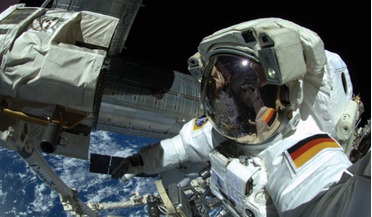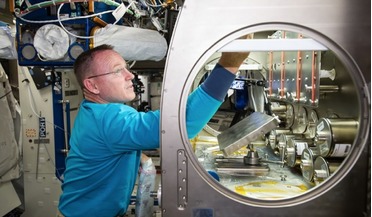 February 2018
European centre shifts emphasis to deep space missions
February 2018
European centre shifts emphasis to deep space missions
... example, it is expanding its training and medical skills and tools with respect to the requirements of future human exploration missions, such as developing skills and tools that are relevant for more autonomous astronaut operations and inflight...
 August 2016
International cooperation drives Germany’s space ambitions
August 2016
International cooperation drives Germany’s space ambitions
... under these conditions? DLR’s approach is to strive for strong international cooperation using opportunities to embark on joint exploration missions with other space agencies. This makes it possible to fly national payloads and become a sought after...
 January 2017
Mini space station for mice to study effects of reproduction in reduced gravity
January 2017
Mini space station for mice to study effects of reproduction in reduced gravity
... testing platform at the human scale. An alternate approach using rodents as surrogates to study the effects of future exploration missions may be more feasible from a mass and volume perspective. A smaller, rodent-scale artificial gravity facility...
 January 2018
SLS ushers transformation of deep space exploration
January 2018
SLS ushers transformation of deep space exploration
...) and will send NASA’s new Orion crew vehicle into lunar orbit on the deep space exploration system’s first mission, Exploration Mission-1 (EM-1), scheduled for 2019. Largely a test flight, EM-1 will verify and validate new systems and operations...
 October 2018
Radiation study paves way for safe deep space exploration
October 2018
Radiation study paves way for safe deep space exploration
... the Moon, it will carry a payload specifically focused on protecting astronauts from space radiation. NASA’s uncrewed Orion Exploration Mission 1 (EM-1) flight around the Moon in 2019 will carry the MARE payload to expand upon previous research done...
 July 2020
Investigations into plant growth on the Moon
July 2020
Investigations into plant growth on the Moon
.... China’s biosphere experiment The Moon provides several benefits to a stepping-stone approach for future human space exploration missions beyond Earth The Chang’e 4 lander, with its Yutu-2 rover, was launched on 7 December 2018 by the China...